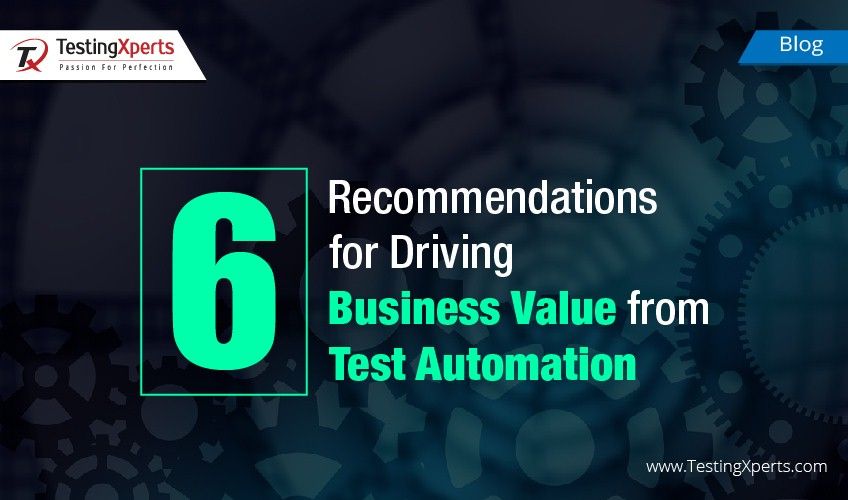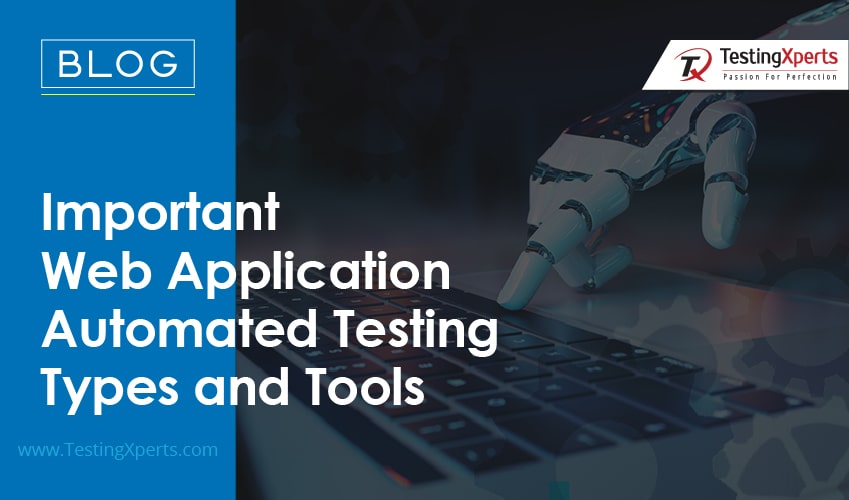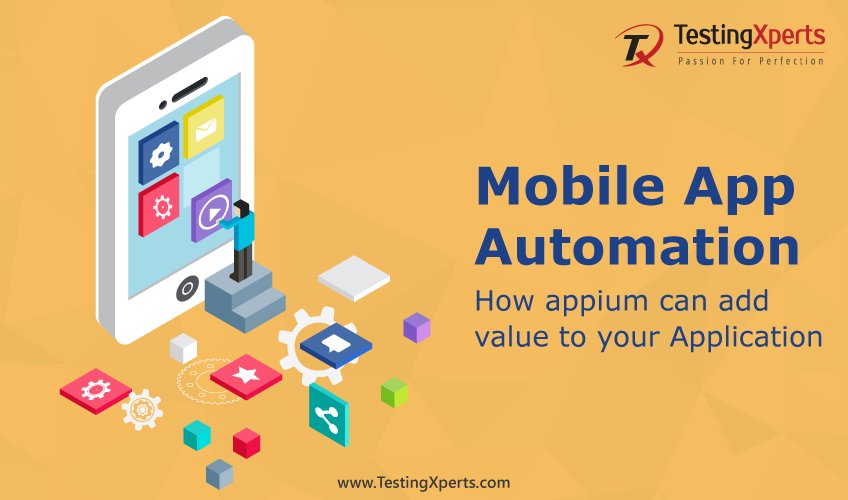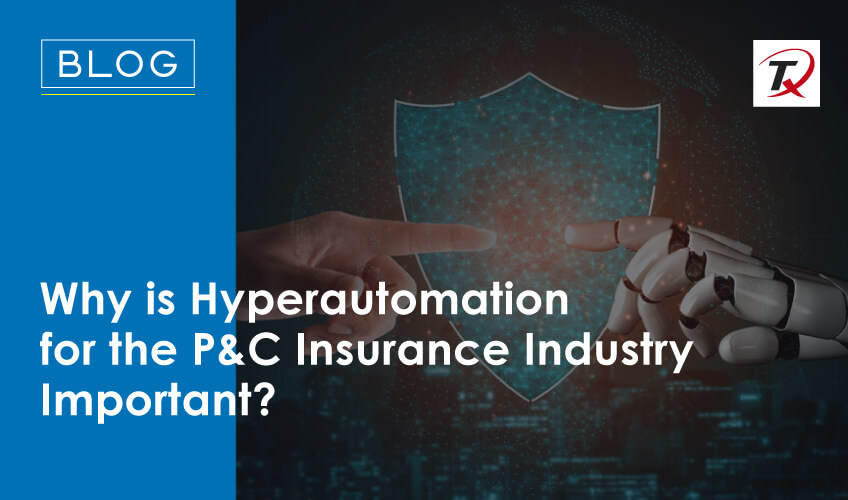
Why is hyperautomation becoming a crucial aspect of the property and casualty insurance industry today? The economic slowdown has brought unique challenges to the P&C insurance industry. At the same time, this test of creativity and innovation has led insurers to grow despite the severe global market conditions. Also, companies face the dual challenges of increasing operational complexity and changing customer expectations. According to studies, insurance companies implementing hyperautomation can reduce their processing time by 40%, with a noticeable improvement in customer satisfaction and accuracy.
Hyperautimation for P&C insurance involves using advanced technologies like AI, ML, RPA, and others to automate processes and streamline previously unattainable operations. For an industry dependent upon legacy systems and involving repetitive and manual tasks, hyperautomation promises significant efficiency improvement and personalized customer service. This integration enables P&C insurers to respond to market changes, address customer demands quicker, and remain competitive.
Let us explore how hyperautomation can help P&C insurers achieve profitable processes, solid decision-making, and higher efficiency.
What is Hyperautomation in Insurance? Why Do Insurers Need it?
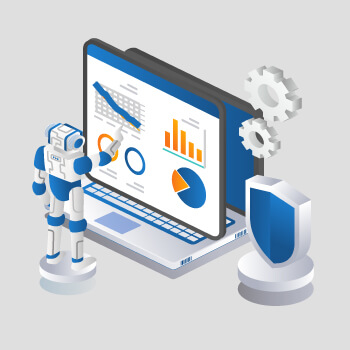
Intelligent automation uses RPA, AI, ML, and BPM technologies to streamline and upscale tasks to improve decision-making across organizations. Hyperautomation involves automating everything that has the possibility of automation in an organization. Its core goal is to streamline processes across an organization using IPA, which also involves using AI, RPA, and other solutions to run processes without human involvement. This approach speeds up business operations, reduces errors, and enhances outcomes accuracy.
Now the question is, “Why do P&C insurers need hyperautomation?” The intense competitive pressure and evolving customer expectations define today’s insurance market. Customers nowadays expect quick and seamless service and personalized insurance solutions. Hyperautomation enables insurers to automate routine tasks and decision-making processes to free up human resources. By doing so, they can focus on more strategic tasks requiring human insight and facilitate stronger customer relationships. Combining sophisticated technologies like AI, RPA, etc., allows insurers to implement cross-functional hyperautomation solutions to adopt a customer-centric, profitable, sustainable, and business-driven approach. It helps identify, vet, and automate business operations like underwriting, claims processing/settlement, policy pricing, etc.
Furthermore, hyperautomation enables data integration across multiple systems and platforms that exist in the P&C insurance business. It facilitates real-time data analysis, which is crucial for making informed decisions. Insurers can detect fraud quickly and effectively, accurately underwrite risks, and create tailored services to meet customer needs. Regulatory compliance, a significant concern in the insurance industry, becomes more manageable with hyperautomation. Businesses can program automated systems to adhere to changing legal standards and regulations, ensuring they remain compliant without manual oversight.
Role of Hyperautomation in Improving Value Chain Efficiency
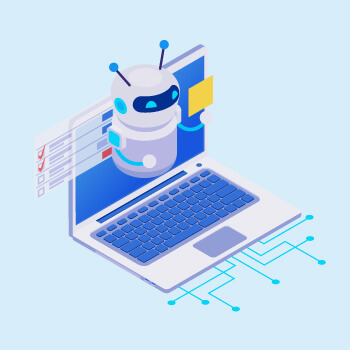
There’s no denying the fact that technologies like AI, ML, and RPA help improve efficiencies across the value chain. They can automate processes like data management, claims processing, and underwriting. But the problem is these technologies work in silos, thus isolating their effect. On the other hand, hyperautomation groups them to double their benefits and compound the effectiveness of results. One of the essential applications of hyperautomation is that it can set the context to capture and maintain historical or past data. This data can be used to ascertain the possibility of a risk event or liabilities that can affect the future. Although this is all happening now, hyperautomation can still determine the price quotations or investigate a claim simultaneously.
Claims processing has one of the significant impacts of hyperautomation. Automating initial claims intake, preliminary assessments, and data entry speeds up processing and improves accuracy. ML models improve fraud detection by analyzing unusual patterns, thus streamlining claim verification and settlement processes. Regarding regulatory compliance, hyperautomation automates monitoring and reporting to ensure processes adhere to legal standards. Real-time data analysis ensures compliance with regulatory standards and reduces legal penalties and risks.
Key Business Drivers for Implementing Hyperautomation in Insurance
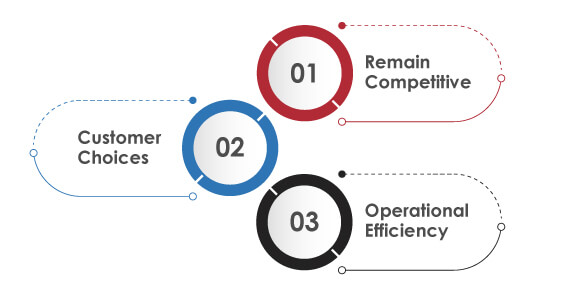
Hyperautomation’s primary goal is to enhance the core capabilities of P&C insurance businesses using AI, RPA, and other advanced technologies. These integrations will benefit insurers in the following areas:
Remain Competitive:
In the last decade, insurance businesses noticed marginal growth in direct written policy premiums, while some didn’t. The reason was that policyholders were looking for more customized policy options. To address this issue, insurers had to invest in personalized products and policy services to retain and attract customers and improve CX for existing customers. Hyperautomation can minimize the user interaction time with the system and ensure that the brand delivers great CX whenever the user interacts.
Customer Choices:
According to the US Bureau of Labor Statistics, 75% of the workforce will become tech-savvy and hyperconnected by 2030. Thus, it becomes essential for insurers to improve customer satisfaction levels. Businesses that focus on CX grow quickly and profitably. With hyperautomation, P&C insurers can reduce error risks while optimizing processing time and improving customer service. It can also assist in digital underwriting, claims automation, document ingestion, and many other tasks.
Operational Efficiency:
Huge losses in P&C insurance due to pandemics and natural calamities weaken underwriting efficiency. Insurers need to utilize technology like hyperautomation to address the challenges that come with top-line and bottom-line impacts. Leveraging technologies would allow businesses to design better insurance products and services while reducing costs and risks. One of the best examples is the COVID-19 pandemic, which made insurers grow beyond their traditional KPIs, which can be easily achieved with hyperautomation.
Hyperautomation for Commercial Excellence
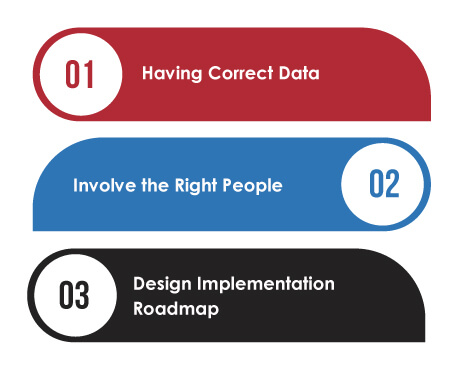
Let us discuss implementing hyperautomation for commercial excellence, including pricing, underwriting processes, and marketing. To achieve its full potential, hyperautomation requires enterprise-wide commitment and team support. The approach focuses on processes, people, and platforms.
Having Correct Data:
Insurers must ensure that intelligent automation and analytics are appropriately integrated within the core business practices and systems. They must have correct data available to support the customer’s journey at every stage, so they don’t have to rely on guesswork during decision-making. Also, data must be of the highest quality to enable insurers to extract valuable insights.
Involve the Right People:
One factor that usually influences the implementation of new technology is involving the right people in the right process, such that their choices could support business goals rather than personal needs. Also, the hyperautomation platform must be capable of processing and segregating data so that the users can make better decisions. It is necessary to train staff on optimizing data and how their decisions can influence business processes.
Design Implementation Roadmap:
There should be multiple checkpoints when implementing hyperautomation to test its efficiency. One cannot introduce a rapid change in a short amount of time. The key to success is to initiate small checkpoints and implement hyperautomation in stages to sync with business processes seamlessly. Insurers should start with one area, analyze how it will work, and implement it in other business areas. The result would be an agile business framework responding quickly to changing market trends.
Summary
Hyperautomation transforms the P&C insurance industry by implementing advanced technologies like AI, ML, and RPA. It can automate and streamline business operations by improving operational efficiency, enhancing customer satisfaction, and complying with regulatory standards. Insurers can respond quickly to market changes and changing customer demands, offering personalized services and maintaining competitiveness. However, one must partner with a professional automation and digital transformation expert like Tx to ensure seamless implementation.
How can Tx help with Hyperautomation Implementation?

The potential benefits of hyperautomation for the P&C insurance industry are immense. It’s not just about automating the processes but accelerating and optimizing the entire decision-making structure. As an insurer, it will give your business the agility and flexibility to react to evolving market trends. Hyperautomation must be a top priority in your digital transformation goals list. As a leading digital transformation service provider, Tx understands the challenges of integrating cutting-edge Insurtech solutions with insurance processes.
From crafting tailored test strategies that leverage AI, ML, and RPA to designing and implementing cutting-edge frameworks, our expert team ensures seamless automation integration into P&C insurance workflows. We utilize our in-house test automation frameworks, Tx-Automate and Tx-HyperAutomate, to provide you with real-time insights into the project progress, facilitating informed decision-making and seamless communication. Moreover, our expertise extends to performance testing, security validation, and compliance auditing, ensuring that your hyperautomation integration goes smoothly.
By partnering with Tx, you can ensure the transformative potential of hyperautomation, enhance claims processing, improve CX, and ensure the success of your P&C insurance operations. To learn more, contact our automation experts now.
Discover more
Get in Touch
Stay Updated
Subscribe for more info


